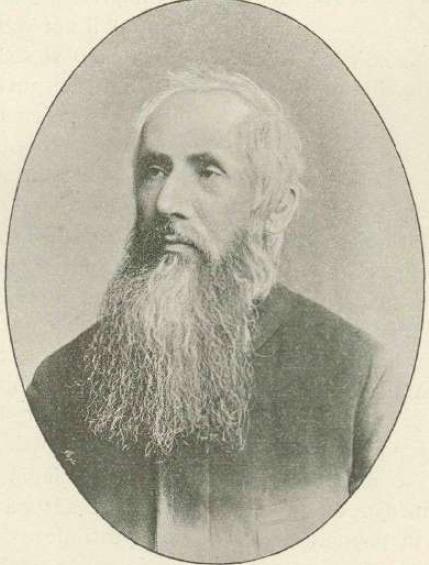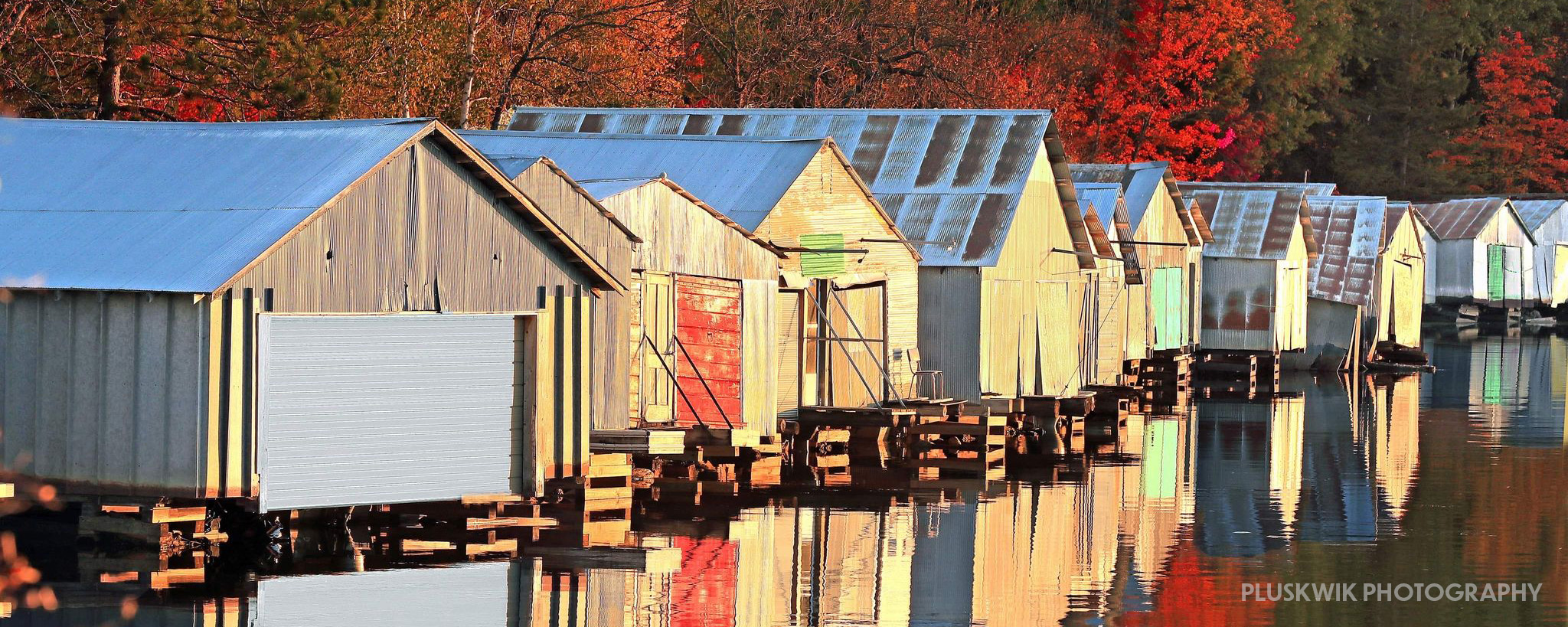Monsignor Joseph Francis Buh
Monsignor Joseph Francis Buh was a Catholic priest who traveled Minnesota around the time of the early gold rush, ministering to many groups of people and setting up churches across the state. He was well known for his dealings with the Native American tribes of the northern half of the state and for his time spent setting up the Duluth Diocese. He lived to the ripe old age of 89, having ministered through the careers of three Popes: Pius IX, Leo XIII, and Pius X.
Joseph Francis Buh was born on March 17, 1833 in Lucne, Krain (Carniola), Austria, to parents Mathias Buh and Maria Kosir. He had six siblings – three brothers and three sisters.
In 1858, at age 25, he was ordained as a priest in Ljubljana. He was appointed as an assistant in Loski Potok for two years, and then was transferred to Radece to fill a vacancy made by a priest who left to America on missions. Buh had also desired to go on foreign missions. He asked some of his fellow clergy members if they would join him. Father Francis Pierz heard his call. Pierz showed up with little warning and contacted Buh, who at first thought it was a gag; when he read in the newspaper in the following days that Pierz had requested his company, he realized his wishes were being granted. Buh and Pierz met and planned the journey, and left from Paris to arrive in New York.
In April of 1864 he arrived in St. Paul and traveled to Crow Wing. By 1865 he was working as a missionary to the Native American people of the Lake Winnibigoshish area, settling in Belle Prairie. The city of Brainerd was started in 1871 and he was involved in the foundation of the Missionary Franciscan Sisters of the Immaculate Conception. In 1875 the Vicariate of Northern Minnesota was established. He carried out many missions among the native populations, eventually returning to the Belle Prarie area and settling in Perham. He also returned Austria a couple of times during this period; first to take a pilgrimage to the Holy Land, and later to celebrate his Silver Jubilee.
In 1889 he was called to minister the Slovenes and other miners in Northern Minnesota, and he traveled back and forth between Tower and Duluth. During this time the Duluth Diocese was founded, with Bishop James McGolrick leading and Buh as his Vicar General. During this time he was acquainted with a fellow Slovene priest named Francis X. Bajec, who was newly ordained and had also come to the United States in 1883, though separately from Buh. Upon arrival Bajec realized there was no worker’s union in the area yet. He and Buh worked together with the area miners to establish a working and social union – a chapter of the St. Cyril and Method Society – to help the members with health expenses and to bring news from the old country to the States. Later, in 1897, he also created the Ely chapter of the society; around this time, the Tower chapter was absorbed into the Ely chapter, and the meeting hall in Tower was sold to Anton Gornick.
In 1891, Buh got involved with the Amerikanski Slovene, which at the time was “the only Slovenic newspaper in the United States.” Anton Murnik had started the paper, but due to ill health and lack of proper publicity, he would no longer be able to publish it. Buh decided to buy the paper from Murnik and continue to publish it, because he felt that the paper should not die before it could be fully realized. He took over writing, editing, and making layout copy, and oversaw the typesetting and printing. He had few subscribers, but he had a passion for the news and continued though it caused him significant financial debt. He called on a nephew, Max Buh, to come to America to help with typesetting. There was a small problem with the paper: since Buh came to the United States much earlier, the native language of the motherland had changed over time, and his own use of it had also changed. The paper was interspersed with English and there were numerous errors that his friends would point out. He graciously accepted the criticism and corrections and commended them for their interest in the paper. Due to political events, pressure from rivalry, and growing debts over the next few years, Buh sadly sold the paper to printers in Chicago in 1899, to Father Susteric of Joliet, Illinois.
Buh was instrumental in the formation of the American Slovene Catholic Union (KSKJ). It was formed in 1894 in Joliet, Illinois, by a congregation of Slovenes from Illinois and Minnesota. By 1898 the membership had grown from the original 500 members to 2,142, with 46 chapters or lodges around the country. It helped the members by providing life insurance; families of workers who died received $800 for expenses, and received $200 for spouses who died, to help with funeral expenses. The membership grew rapidly at this time, because the workers recognized their dangerous working conditions and wanted to protect their families from financial problems in the event they died before their time.
In 1899, Buh was awarded the title of Domestic Prelate of His Holiness, Leo XIII. He was the first and only Monsignor in northern Minnesota. The title is one of honor and designated him as a member of the pope’s household, similar to an honorary lord in royal courts. There was a large celebration in Duluth for the occasion.
Buh was fond of the native Americans that he was involved with, and was so passionate about them that he was allowed to keep a mission with the Bois Forte natives at Sucker Point, now known as the Vermilion reservation. He was involved in the Native American school, visiting every month on a Thursday by boat in the summer and by sled in the winter. He was a driving force in getting things the natives needed to improve their way of life, being a strong voice of concern and compassion. It was said that the Chippewa gave him two honored names: Masinaigans (Little Book) and Meshidong (Long Beard).
Buh transferred from Tower to Ely in 1900. During this era of his life he spent a lot of time traveling the state, as was his duty as vicar general. He ministered special services in Tower still, and still found time to take his missions to the natives at Sucker Point, which became weekly instead of monthly. He was also involved in the unveiling ceremony of the McKinley Monument, opening with a prayer and ending with a benediction. In 1908, Buh’s Golden Jubilee celebration was held in Duluth to much fanfare, celebrating 50 years of priesthood and service.
Buh officiated for many weddings and funerals – in just 1912 he performed 47 marriages and 37 funerals. He officiated the funeral for Mother Scholastica, who died in 1911 and was buried in Gethsemane, the cemetery on the recently established St. Scholastica campus.
Upon the death of Bishop James McGolrick of Duluth in 1918, Buh was called to Duluth to replace him in administrative duties. He continued his travels and missions, also still involved with the KSKJ and attending their meetings in Illinois. Father Frank Mihelcic, his assistant for years, managed Buh’s duties in Ely. Bishop McGolrick was replaced later in the year by Bishop John T. McNicholas in Duluth. Bishop McNicholas took Buh on as his vicar general, and installed him as chaplain of the Benedictine Sisters of the Sacred Heart Institute. In 1920 he was ministering at the St. James Orphanage in Woodland (Duluth) and living primarily in Chisholm.
By 1921, he was in charge of the Buh Mission House opened in Duluth. He lived there with a community of priests and young recruits on their own separate missions. They discussed grand ideas such as summer school and religious studies for students who otherwise had no avenue to learn about religion. He often talked to the students about the changes to the diocese he had witnessed in his lifetime. By 1926, hundreds of students had passed through the school and continued with their religious studies and passions.
Buh fell ill on January 30, 1922, and after a few short days, passed away on February 2nd – at the age of 89. His passing was quiet and peaceful. He was interred at the Calvary Cemetery in Duluth.
To learn more about Monsignor Joseph F. Buh, Slovenian Missionary in America, read the book “Masinaigans: The Little Book” by Sister Bernard Coleman, O.S.B. and Sister Verona LaBud, O.S.B. and published by North Central Publishing St. Paul, Minnesota in 1972. The Lake Vermilion Archives has acquired a copy of this book. Please contact info@lakevermilion.net for more information.
A direct link to the story with more photos can be found at https://lakevermilion.net/monsignor-joseph-francis-buh/.

